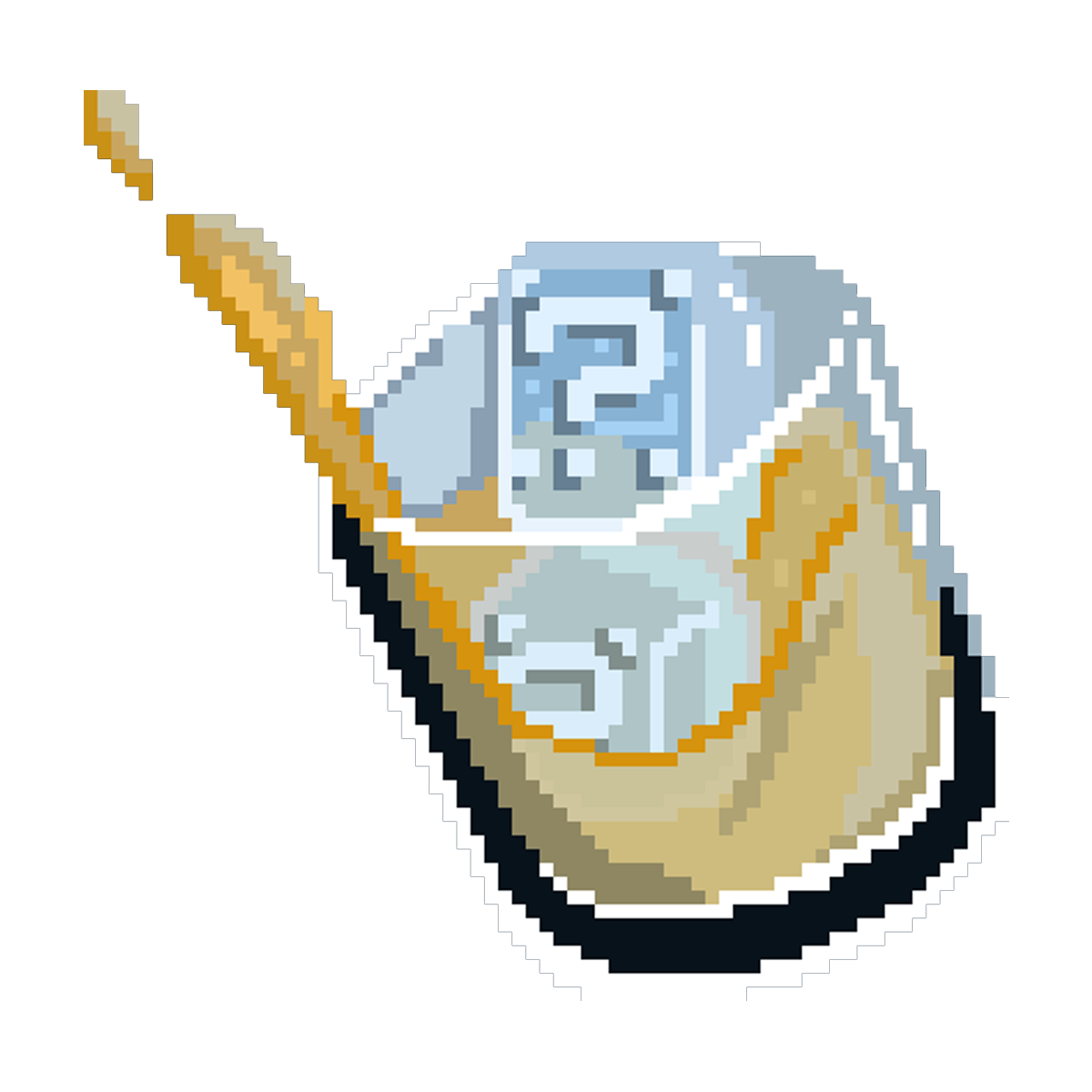Palutena’s Temple is Good, Actually

Posted June 13, 2022
A fully correct opinion piece.
By Jacob Rubin
Look, most people don’t play Super Smash Bros the way we play Super Smash Bros. Items on. Drinking JaRules. We named self-destructs after someone none of us talk to anymore. But we exist! The casual fun party boys are legion, and we are happy to have you! Obviously, even we have our limits. We leave the Hammers, Hearts, and Super Stars off. We don’t do Final Smash meters. And, most crucially, we host all our matches on Battlefield or Omega-form stages. Simple. Effective. Straightforward. Fun.
However, when we’re not hosting one of our spectacular live events, many of us (myself included) loosen it up and get even more casual by unleashing the wide variety of stages the game has to offer. Sure, there are elements of stages that folks justifiably dislike: having to constantly keep pace to stay alive (Rainbow Cruise, Big Blue), damage-dealing PvE elements (Norfair, Onett), overly complicated additional mechanics that unbalance the matches (that goddamn Golden Plains) or, crucially, stage size.
Within the context of a competitive, or even casual game of Smash Bros, large stages are often derided or ignored. The game can suffer if action is spread out too far, pulling the camera back to take in everything, and there can be long delays in combat if players don’t stay close. If you like a short, manageable fight, large stages aren’t the move. However, these stages can offer an alternative to the fast pace of competitive play, and they allow the game to pay homage to the old-school platformer traditions that harken back to the games that initially starred the Smash characters. In the same way that Super Smash Bros Melee’s Adventure Mode and Super Smash Bros Brawl’s Subspace Emissary provided a platformer-heavy experience within a fighting game, big stages bring a lighter traveling aspect and can be fun — in moderation (we’re not sickos.)
Before I get into the real meat of this, let’s talk about the history of big stages.
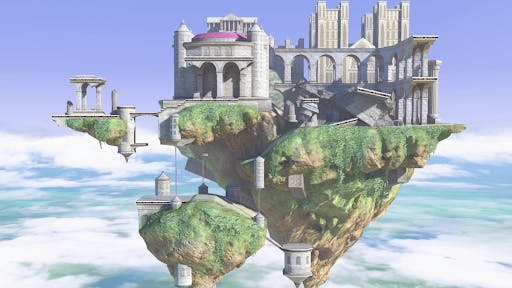
The OG big boy is Temple, the Zelda-inspired stage that originally appeared in Melee. This stage was unique in Melee in that it featured basically no special elements other than its massive size. It has remained a beloved and harmless classic with its various and diverse locations, especially its lower left area, which has been granted the following nicknames: The Pit, The Thunderdome, Fight Club, Downtown Pound Town, Clusterfuck Junction, Grandma Julie’s Beat-Em-Up Basement, and Diet Hell. This stage is fine and will typically ruffle no feathers if selected for casual gameplay.
In Brawl, we got New Pork City, based on a location in Mother 3. Similar to Temple, it is massive with few frills, aside from a couple moving platforms, one that can be destroyed, and occasional appearances of the Ultimate Chimera, which is capable of delivering an instant KO to anyone it bites. Due to the Chimera, as well as the stage’s unfriendly color scheme, this stage is not viewed as fondly as Temple.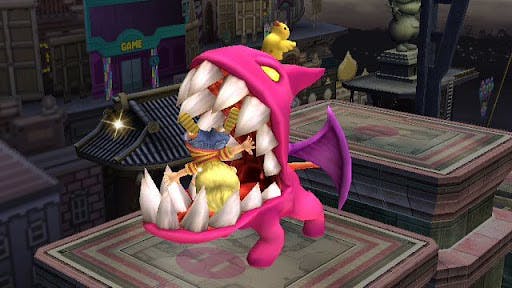
Then we get the last two large stages, both of which debuted in Super Smash Bros for Wii U. The first, The Great Cave Offensive, is based on the Kirby game of the same name. This stage, the largest in the history of the series, takes place almost entirely underground and features a wide array of moving elements, traps, and lava pits that cause instant death to anyone who falls into them with more than 100% damage. The Great Cave Offensive is that rare type of Smash stage that vastly changes the kind of game you’re playing. Instead of attempting to execute combos and survive in spite of the stage, you are forced to embrace the stage elements and find ways to use them in your favor, bringing your opponent up to 100% and throwing (or, hey, lightly nudging) them into the glowing lava. Other stages that change the gameplay include Mario Bros, where the tight tunnels and constant barrage of NPC creatures require an entirely new strategy, and 75m, a stage so massive and difficult to play that it’s completely plausible to win a match without hitting your opponent even once.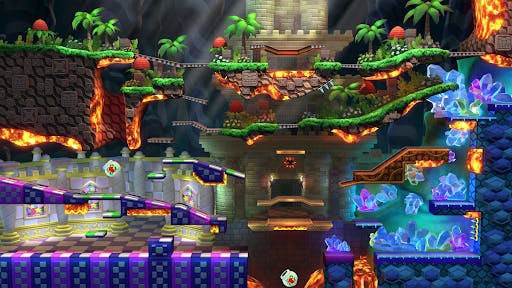
(75m is another very large stage that could merit some discussion in the Big Stage history but honestly I fucking hate that stage so no.)
Finally, we have Palutena’s Temple, from the Kid Icarus series, which is roughly tied with Great Cave Offensive in terms of size, but much more palatable (pun intended, I think?) as a place to play. Large, wide spaces, a handful of damaging or moving elements, and an entire section roughly the size of Small Battlefield that will enter and depart the upper left portion of the stage at various intervals. It has the variability of New Pork City, but with the brightness of the Zelda Temple and the size of Great Cave Offensive.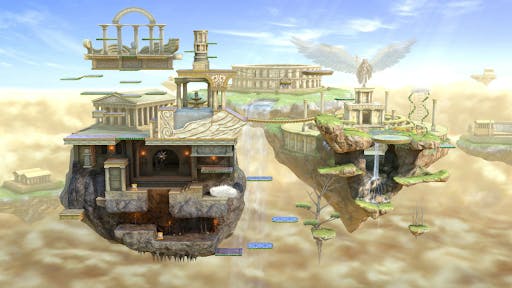 It’s a good stage.
It’s a good stage.
Let’s talk about 8-Player Smash, which is the colloquial term for a match with more than 4 players, as determined by the menu in Super Smash Bros for Wii U (but don’t worry about that). It's a very different game than your traditional 1v1s or 4-player free-for-alls. It’s chaotic. It’s challenging. Frankly, it can be alienating. When played with stocks (the correct way to play) and on smaller stages, it is likely that one or two players will be taken out quickly simply due to overcrowding and terrible circumstances. This is not the case with Palutena’s Temple.
With enough players, Palutena’s Temple allows for two things Smash usually doesn’t:
• Separate but occasionally converging storylines within a match. As the match begins, players are drawn to certain areas or certain opponents, building out a series of small narratives. Two players begin trading blows, another goes to look for items, three others jockey to gain control of an Assist Trophy, etc. Various events happen that cause these stories to cross over into one another (someone getting launched or a Smash Ball, for instance), altering their flow. Additionally, one of these stories could involve the second thing:
• Stealth! In an ordinary Smash match, it’s impossible. You’re constantly under threat. In Palutena’s Temple, you can slink down to any of the corners of the stage and lie in wait, watching your enemies beat each other into submission before you sweep in to wipe them off the stage. It allows for an entirely new strategy that can favor players who excel at sneaking without being noticed.
I attempted this in a 5-player match and I found myself playing Smash differently than ever before. I took time outside the brawl to assess my position. I observed the stage and strategized. I made plans and executed them. My environmental awareness improved my experience and filled the stage with memorable moments. An enemy triggered a Motion Sensor Bomb I’d placed minutes earlier. I nearly got killed but positioned myself in the lower left section, where there are fewer opportunities to get knocked out, then lured the opponent topside to get the KO on them instead. I fought someone on the upper left section as it rose away, with the two of us having to leap to safety before it killed us both. The match had lots of nice, little, variable moments, with lots of breathing time in between! Some players might not like the idea of a longer Smash match, especially if they’re doing poorly, but I liked the literal space that the stage afforded in between conflicts. The slower pace made every impact feel more meaningful, and finally knocking someone out of the blast zone on this big chungus felt monumental.
This is not an experience for everyone. A lot of players, even those who like our loosened-up JaRules, will find this play style jarring and taxing. But it’s a great way to spice up a typical Smash night, especially if you have five or more players. Get four to seven of your friends over and try it yourself. Then, join me in cyberbullying Nintendo until they allow 8-player matches online. WHAT’S THE FUCKEN HOLDUP??
